WWII Vietnamese immigrants to France revive rice cultivation in its breadbasket Camargue
Vietnamese laborers brought to metropolitan France during the Second World War are acknowledged to resurrect rice cultivation in the European country’s breadbasket of Camargue – a recognition that brings a missing history page to the collective memory of Vietnamese and French people alike.
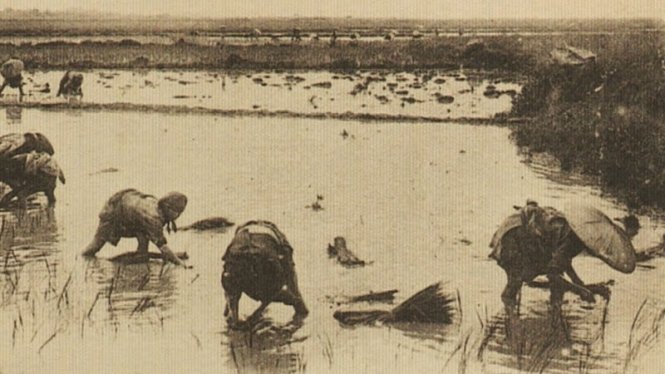
Vietnamese laborers plant rice in Camargue, southern France, during World War Two.
France’s southeastern wetland Camargue accounts for nearly one-third of domestic rice supplies but the rice production of this 1,500-square-kilometer region next to the Mediterranean Sea does not originate from traditional French farming practices.
It instead comes from the knowledge of people predominantly transported willy-nilly to France from Vietnam, a country under French colonial rule during the world war.
Rice growing in Camargue and the Rhône delta, which partly surrounds it, actually resumed during this epoch.
Camargue’s ‘white gold’
In the 16th and 19th centuries, Camargue farmers tried to grow rice but could harvest from the freshwater plant grains fit to be eaten by livestock and rice was also used to dry marshland and desalinate soil.
The region’s last rice paddies were wiped off its face on the eve of World War Two in 1939.
However, cultivating techniques in preparing the ground, planting rice and irrigation had been honed since the year 5,000 BC in present-day Southeast Asia, including Vietnam.
When 20,000 young rural Vietnamese men were brought, and in most cases forced, to France between 1941 and 1948, they applied the time-honored techniques on rice fields in Camargue.
With the methods, local farmers and plantation owners thrived, rice growing was revived, and the region was able to ward off a looming famine that might have otherwise played out in the 1941 food shortage.
This explained why residents called rice a type of ‘white gold’ with great benefits.
Oblivion and gratitude
The young immigrants were from families of more than two sons and went to France as a way to prevent the other members from going to prison by the colonial government.
At home they were called ‘lính thợ’ or ‘công binh’ (worker-soldier).
In France the men worked in dreadful conditions at military production factories or in Dordogne marshlands, Vaucluse forests and textile mills in the Rhône delta.
They also labored at salt pans and paddy fields in Camargue, where they were bitten by mosquitos and suffered from the scorching sun.
The Vietnamese immigrants were treated neither as soldiers nor civilians and the French government harnessed their labor for many years without adequately paying them.
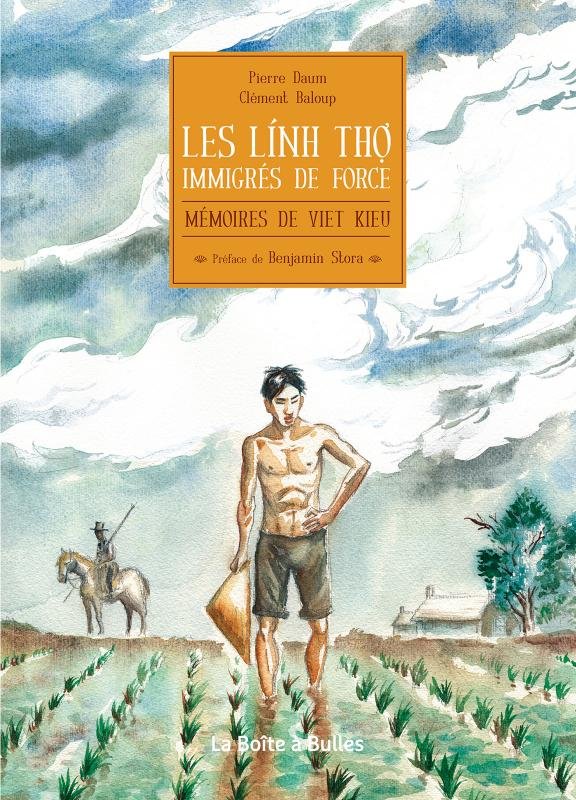
The cover of Les lính thợ, immigrés de force by French journalist Pierre Daum.
Their contribution went unrecognized for a long time in French history until 2004, when Libération journalist Pierre Daum found a photo showing Vietnamese people planting rice in Camargue.
Daum then wrote books on the laborers, the latest work being comic book Les lính thợ, immigrés de force, which means Lính thợ - people of forced immigration, published in 2017.
In 2009, Hervé Schiavetti – mayor of France’s southern city of Arles, which includes a large part of Camargue – honored the Vietnamese immigrants in a ceremony attended by the last survivors of the migration.
In 2013, French director of Vietnamese descent Viet Le Lam unveiled his documentary Công binh – la longue nuit Indochinoise (Công binh – long night in Indochina), which had won awards at film festivals in France.
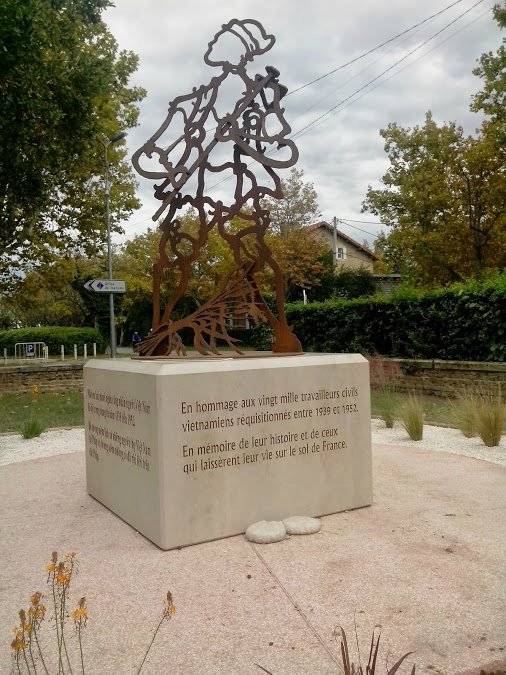
A memorial to Vietnamese workers in France during the Second War War is seen in Arles, southern France.
A memorial to the immigrants was erected in 2014 in Arles’ area of Salin-de-Giraud, with its words written in both French and Vietnamese expressing gratitude to the Vietnamese workers who were coerced into labor in France between 1939 and 1952.
In March this year, French pay television network TV5Monde broadcast stories about the immigrants from Indochina and included an interview with Tran Van Than, a 100-year-old Vietnamese in the migration.
VNF/TTO
Recommended
 National
National
Vietnam News Today (May 30): Vietnam, Venezuela Reinforce Ties Through People-to-people Diplomacy
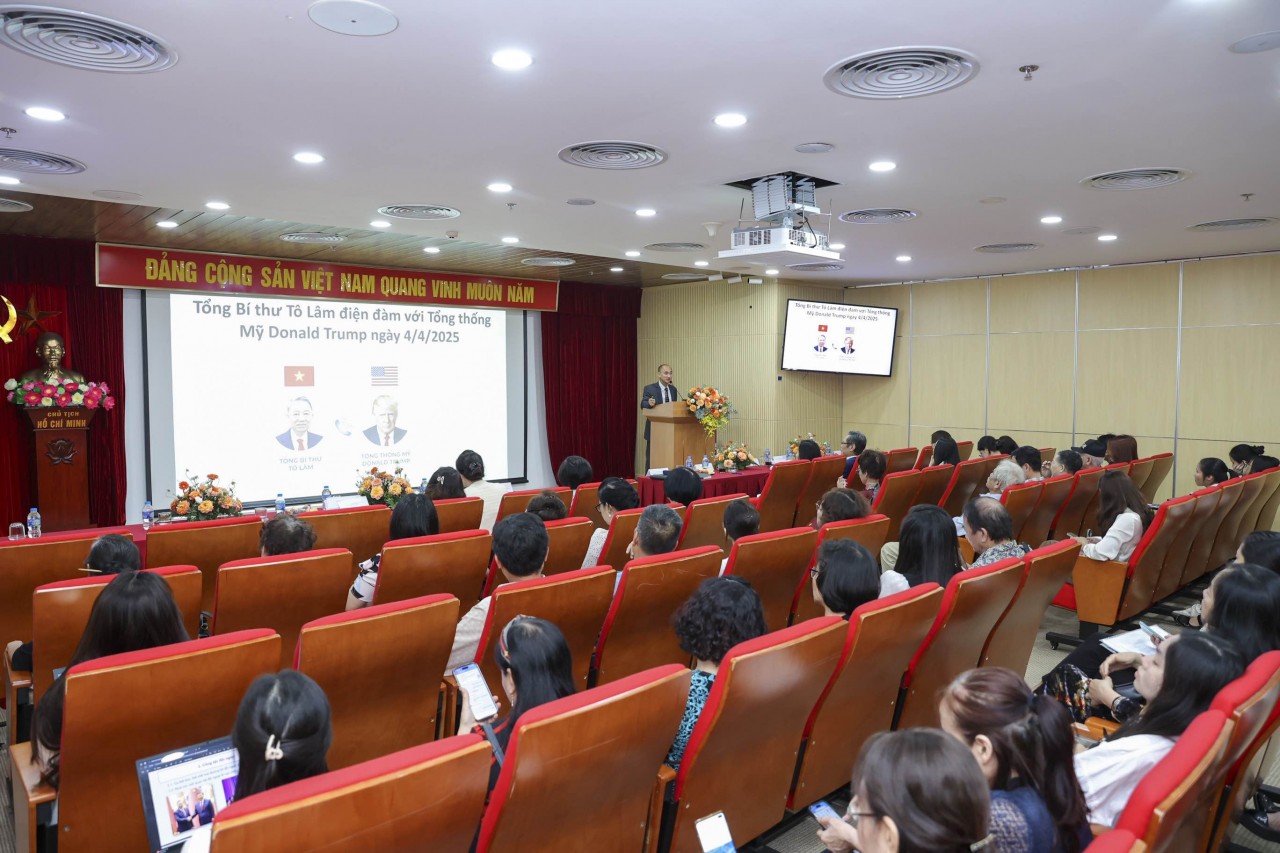 National
National
Vietnam News Today (May 29): Vietnam and Hungary to Expand Cooperation into New Areas
 National
National
Vietnam News Today (May 28): Vietnam and China Discuss Strategic Cooperation Orientations
 National
National
Vietnam News Today (May 27): Vietnam Treasures Multifaceted Collaboration with France
Popular article
 National
National
Vietnam Commits to Building an Inclusive, Sustainable and Cohesive ASEAN
 National
National
Vietnam Proposes Vision for Responsible Digital Journalism Cooperation
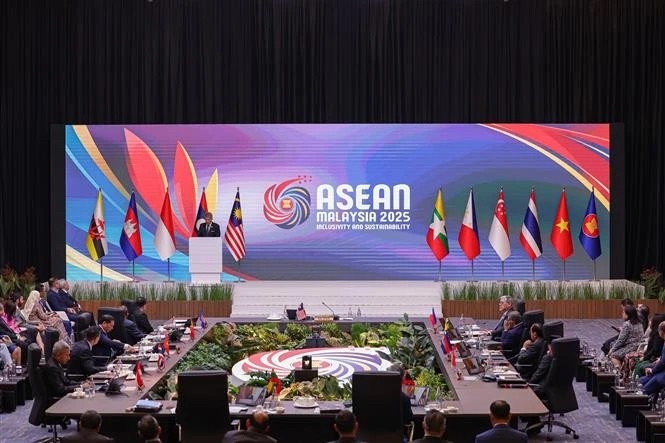 National
National
Vietnam News Today (May 26): Vietnam Attends ASEAN Meetings for Promoting Regional Cooperation
 National
National



